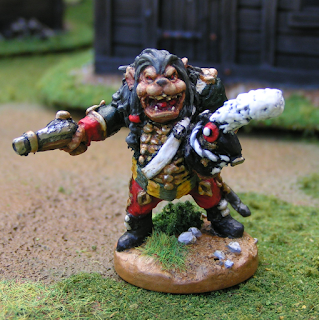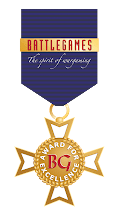This latest Blog post shows how I built and painted a small well from scrap material I had lying around. The design was copied from an actual stone well image found on the internet.
I started with a 3mm thick plastic card base and built the stone well from scraps of blue foam glue together with woodworking PVA glue.
The water area was another section of 3mm thick plastic card and any gaps were filled with DAS modelling clay. The base or groundwork was built-up with DAS and textured with sieved sand applied over PVA.
Detailing and decoration was done with more bits and pieces from the spares box. The water bottle was a modified Knex piece and the decorative pot to the side is a plastic bead.
I have used more blue foam to built the capping stones around the top of the well.
Here as an image showing the well from another direction. The base is 100mm x 110mm.
I started painting with a mix of different greys with a hint of flesh colour scrubbed on in a haphazard process which allows many different colours and tones to show through - a more natural stone effect.
The water area was painted in a bright blue, darker to the edges and lighter in the centre. The water bottle was painted in a terracotta brown with a white glazed top.
the base or groundwork was painted in dark brown with lighter drybrushing and the odd stone picked out in grey (mixed from black and white) then highlighted with white.
Prior to taking this image, I 'washed' the base with a dark tone wash.
After varnishing with Galleria matt varnish and then adding gloss varnish to the surface of the water, I decorated the base with a mix of different flocks.
The small well from another direction showing the natural stone colour and the use of 'spot colour' - the orange pot.
The final image shows a 28mm scale Pax Bochemannica Boche alongside - to give an idea of the scale of this simple piece.
The model is pretty generic in style and could be used for a wide variety of different periods/genres. It took less than an afternoon to build and paint and would be a great project for a beginner.
Tony










